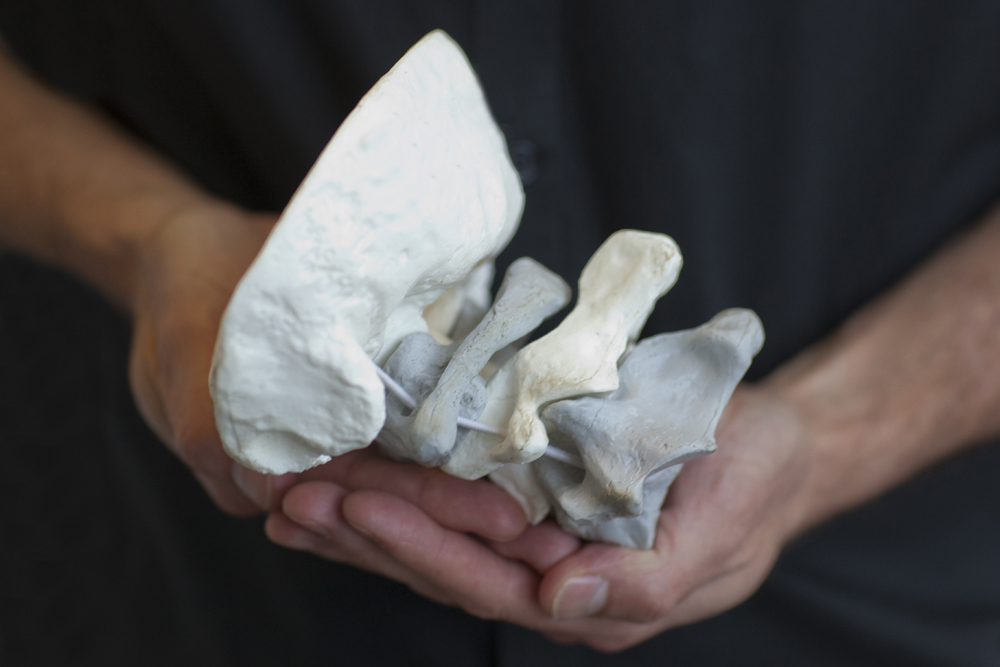

“30 years ago the average working man needed rest at the end of the day. Today the average working man or woman needs exercise”

This is just one of the consequences of the enormous changes in how we work. And the modern working day also causes a catalogue of problems so familiar to us at Weybridge & Walton Physiotherapy that we’ve named it Information-Age Syndrome.
We say you have IAS if your neuro-muscular-skeletal conditions are caused or complicated by long periods spent holding one posture. If you suffer from IAS, you are probably one of the many whose work now revolves around a computer screen and keyboard – technology that forces you into long periods of highly repetitive motions while sitting relatively still. Our cars and home computers don’t help, either.
The root cause of IAS is long-term postural dysfunction and not enough regular, normal movement. Basically, we don’t move enough. We spend too much time in end-of-range positions such as slumped forwards at a computer, in front of the TV, or in traffic. Your muscles adapt – but this makes them unbalanced, which in turn stiffens and strains your joints (a so called Muscle Imbalance). This irritates your neural system and sets up a vicious cycle of pain, strain, spasm, irritation and more pain.
The collection of neuro-muscular-skeletal conditions that are either primarily caused, or secondarily contributed to, by long periods in static, unbalanced postures as a result the of the proliferation and ever increasing use of screen based devices. - Michael O’Reilly MCSP SRP PDM

These conditions can occur suddenly but they more often develop slowly, starting with a niggle or slight stiffness. The symptoms usually get worse as the weeks and months go by, and pain medication gives only temporary relief.
The cause of the problem is often so subtle that it goes unnoticed. Imagine a grain of sand being added to a load every day until finally the weight is too heavy to ignore.
IAS is not the only problem that can cause these symptoms – trauma, wear and tear or an underlying condition can be the source of the symptoms. But even then, static postures held for long periods will usually make the problem worse.
As with all neuro-muscular-skeletal conditions, a thorough assessment is needed to work out which structures are involved – which joints, vertebrae, muscles and nerves have been affected. And it’s just as important to identify the work and lifestyle factors that have caused the problem in the first place.
Once we understand your specific problem, we can develop a rehab programme to tackle it. Hands-on therapy for the physical problems; exercise and education to help you understand the mechanics of the problem and how you can adapt your posture and lifestyle to get to the root of the problem.
These problems are mainly caused by the small things we do every day, so a lot depends on whether you can make the necessary changes. Rehab is a two-sided coin: hands-on physiotherapy on one side; postural and lifestyle changes just as important on the other.
There’s a very good chance we can help you get very good results – and if you can make the necessary adjustments, your problems could be gone for good.